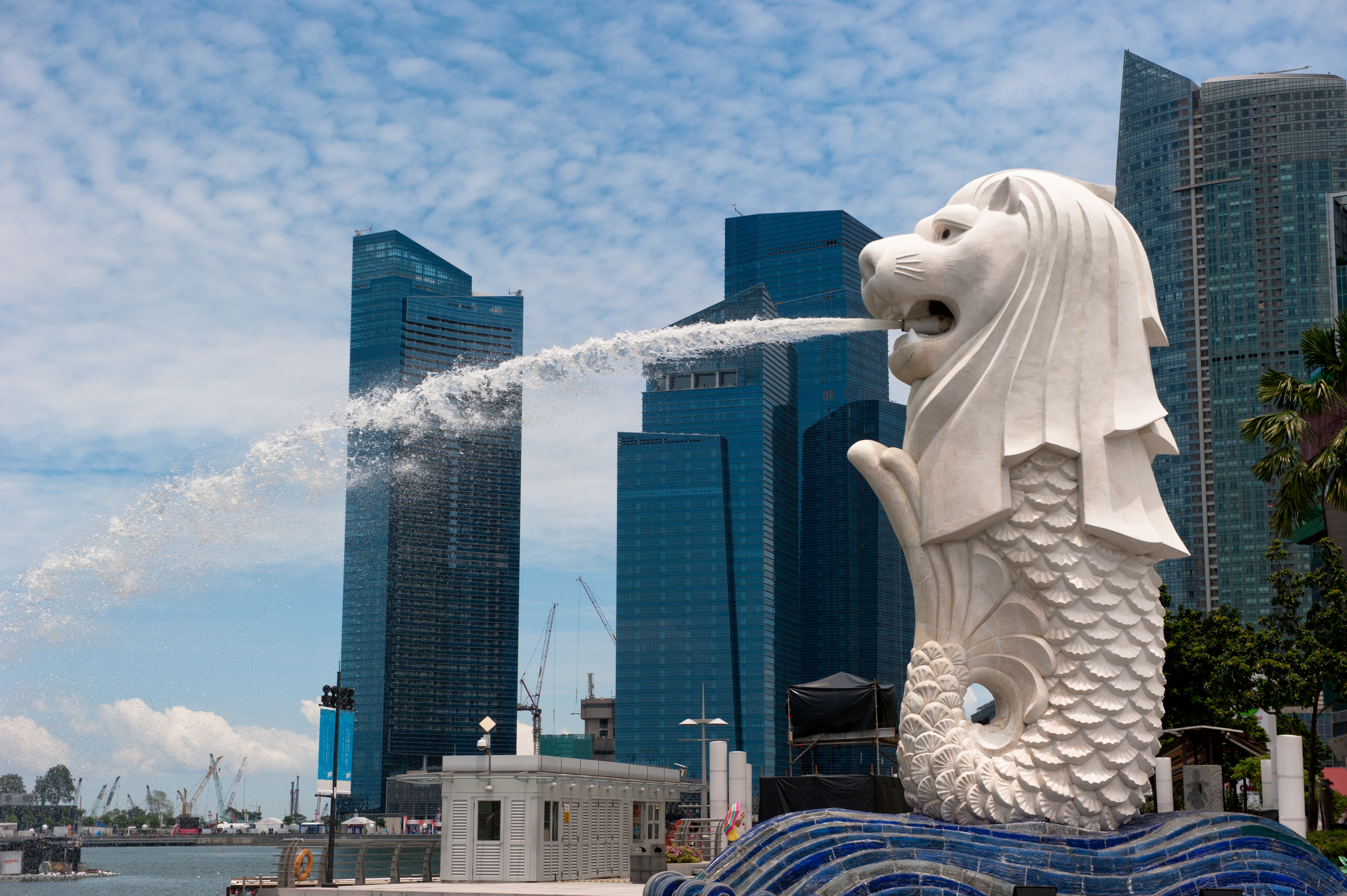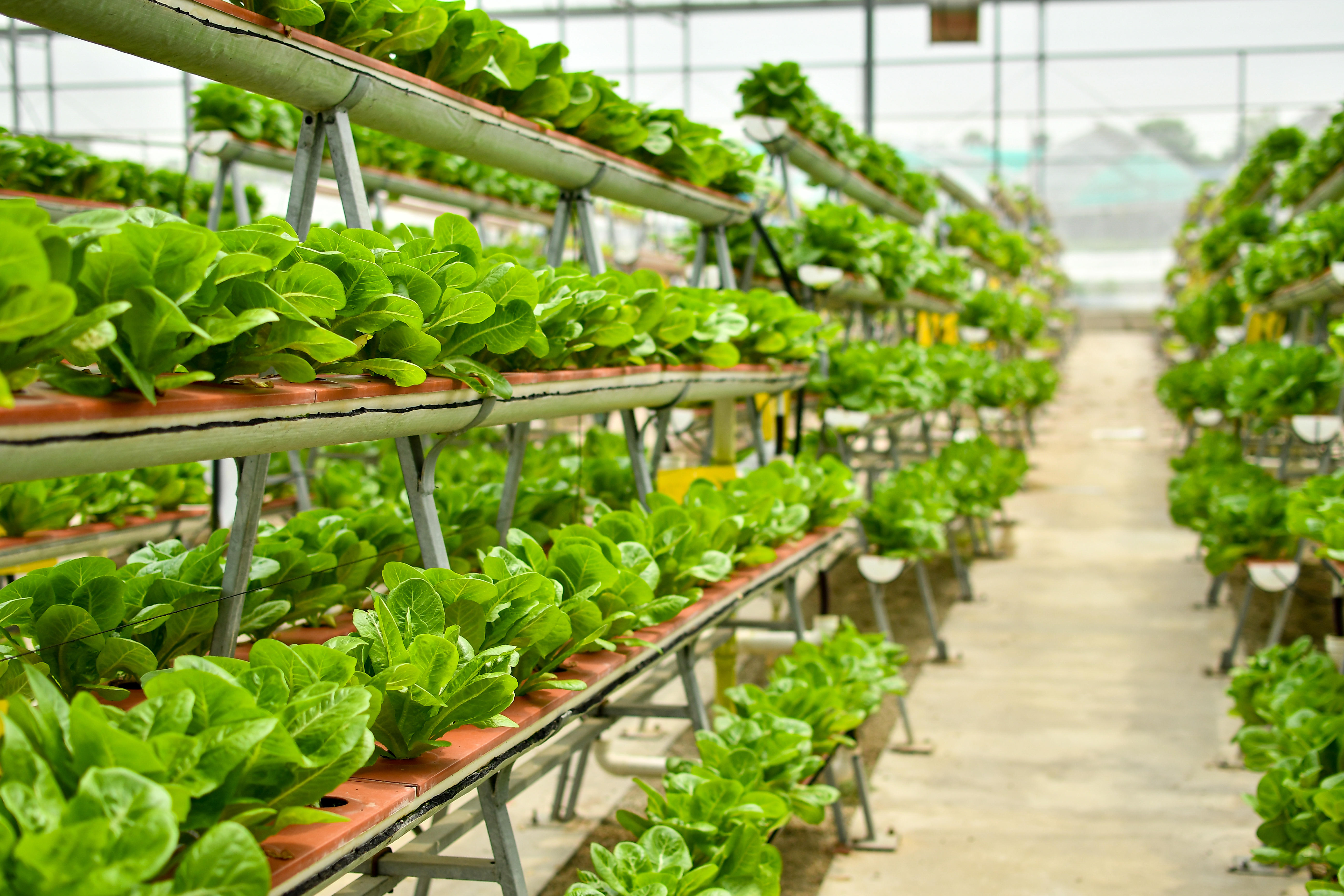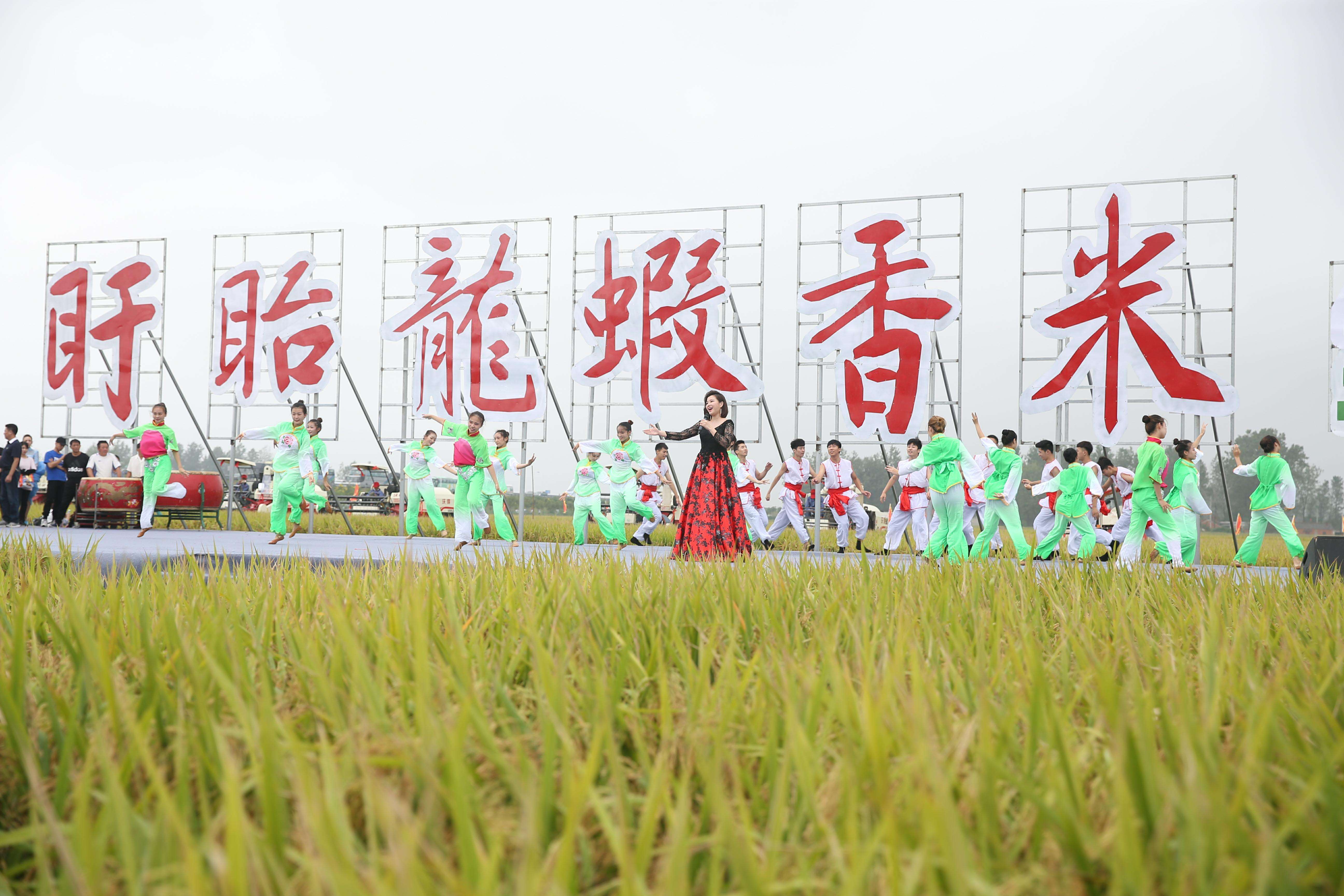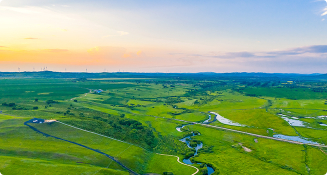Urban agriculture - making every inch of land a fertile ground for harvest!

source:Jiangsu Three& Three
Release time:2022-04-01
Urban agriculture has always been a focus of agricultural policy attention. As early as 2012, the Ministry of Agriculture and Rural Affairs first issued the policy "Opinions on Accelerating the Development of Modern Urban Agriculture" to support "urban agriculture". Nowadays, urban agriculture is rising worldwide.
What is urban agriculture? Simply put, it means farming in the city. Urban agriculture refers to modern agriculture located within and around cities, relying on urban development and providing agricultural products such as sightseeing agriculture, ecological agriculture, etc. It is an organic component of urban ecosystems.
Currently, Singapore is doing the best in urban agriculture.

Due to its small land area and lack of natural resources, 90% of Singapore's food needs are imported from abroad, and agricultural products cannot be self-sufficient. Therefore, the Singapore government attaches great importance to the development of agricultural modernization and vigorously develops high-tech and high-value urban agriculture according to its own situation, finding a way to achieve coordinated economic and social development.
Unlike modern and mechanized large-scale family farms in Europe and America, Singapore has adopted a typical urban agriculture model and developed small but sophisticated modern agricultural technology parks based on the actual situation of limited land and large population. In the agricultural technology park, Singaporeans fully utilize the power of technology, optimize the structure of the planting industry, vigorously develop economic crops such as fruits, vegetables, and flowers, develop high-value tropical orchids, ornamental tropical fish and other products, and export them to earn foreign exchange.
Let's take a look at the 5 innovative agricultural practices in Singapore together.
1. Innovation in means of production: leasing land
As one of the most urbanized countries, Singapore provides agricultural land so that farmers can use high technology to improve Singapore's food security. Agricultural land in Singapore will be obtained through bidding by farmers, who can list their own plans to improve productivity. In addition to the concept, the level of their bid will also be a factor considered by the government. Given the scarcity of highly skilled agricultural labor, the government will provide funding for farmers' agricultural research and development. In addition, some land is obtained through leasing for use rights. For example, Singapore's agricultural technology parks are all invested by the government, and the operators pay rent to use them.

2. Space Innovation: Vertical Planting
Guohua Science and Technology Farm, a large farm in Singapore, has taken the lead in introducing vertical vegetable cultivation technology to optimize land use on the farm. The farm covers an area of 3.65 hectares and aims to produce an average of 10 tons of leafy vegetables per day after full development, which is five times higher than the productivity of traditional ground farms. Vertical planting, also known as upright planting/three-dimensional planting, is the use of three-dimensional space to increase the utilization area of a piece of land by multiples, greatly improving the utilization rate of the land; It's like a row house turning into an apartment. The planting methods include soil cultivation, substrate cultivation, hydroponics, mist cultivation, and fish vegetable symbiosis, among others.
3. Industrial Innovation: Urban Agriculture
Since the 1980s, the Singapore government has vigorously developed agricultural technology parks, which have built ecological corridors, vegetable gardens, flower gardens, hot gardens, crocodile farms, marine breeding farms, etc., gradually forming a unique tourism attraction. Nowadays, Singapore's agricultural technology park has become a comprehensive agricultural park that integrates the production, sales, and viewing of agricultural products. The park showcases advanced agricultural technology achievements at home and abroad, attracting nearly 6 million tourists every year. Due to the lack of agriculture in Singapore, small-scale agricultural, forestry, and livestock production bases are mainly established in urban communities and suburbs. These bases not only provide some fresh agricultural products for the city, but also generate considerable tourism revenue.
4. Innovation in Production Methods: Urban Farms
The Singapore government actively encourages the development of urban agriculture and uses high-tech to grow vegetables, hoping to improve self-sufficiency in food. In addition to planting vegetables in technology parks, more and more Singaporeans are sharing and utilizing space to grow their own vegetables in their homes, happily becoming "urban farmers". Singapore's urban agriculture is reflected in three dimensions: indoor farms, self cultivation, and high technology, in order to meet the daily needs of urban people for agricultural products. For example, Panasonic Production Technology Asia Pacific Indoor Farm is Singapore's first indoor vegetable garden, meeting the market's demand for stable and sustainable local cultivation of high-quality agricultural products. This small vegetable factory covering an area of 1154 square meters was established in 2014. It uses LED lights that can simultaneously control and monitor growth factors such as temperature, humidity, and lighting time to cultivate vegetables and fruits. It does not rely on sunlight and does not require the addition of pesticides for pest control and weeding. The concept is similar to a factory. The indoor farm is capable of producing 81 tons of vegetables annually.

5. Trade Innovation: High Tech Agriculture
Singapore's urban agriculture is mainly a modern intensive agricultural technology park. At present, Singapore has six agricultural technology parks covering a total area of 150000 square meters, each with different types of operations, such as chicken farms, Huji Gardens (exporting multiple varieties of Huji flowers), fish farms (exporting ornamental fish), cattle and sheep farms, mushroom gardens, bean sprout farms, and vegetable gardens. These farms apply the latest and most applicable technologies to achieve higher yields than conventional agricultural systems, including automation, industrialization, genetic trait improvement through intensive breeding, and basic analysis and selection of disease management columns, feed, and water treatment recycling systems. These high-tech agricultural parks with the functions of sightseeing, leisure, and export earnings have formed a complete urban agricultural system and achieved good economic and social benefits, making important contributions to improving the self-sufficiency of food supply.
Typical Development Models of Urban Agriculture in China
The successful experience of Singapore has great reference significance for urban agriculture in China. After years of practice, some cities in China have also explored urban agriculture development models that are in line with their own reality and have local characteristics:
1. Characteristic and efficient planting and breeding mode
Based on the development of local advantageous resources and characteristic agricultural products, reflecting the productive functions of urban modern agriculture, supplying high-quality, safe, and diverse agricultural and sideline products to society, in order to adapt to and meet the needs of improving the living standards and upgrading the consumption structure of urban residents. The integrated planting and breeding model of shrimp rice symbiosis in Xuyi County, Jiangsu Province has opened up a new path for green prosperity and rural revitalization. It has won titles such as the first county in China for ecological crayfish, the national demonstration zone for rice fishing integrated planting and breeding, and the first batch of ecological circular agriculture demonstration counties in the province.

2. Citizen Farm Model
In response to the attention and demand of urban residents for food safety, we adopt an original and organic agricultural production method to develop high-quality agriculture, and establish a new form of agricultural product trade that directly connects farms and community residents by providing services such as product distribution and land leasing. For example, the Little Donkey Citizen Farm in Haidian District, Beijing, is the first community supported agricultural farm in China. According to the credit mutual aid system, consumers need to pay a share fee in advance at the beginning of planting and can also participate in labor and supervision at the farm from time to time. The farm is responsible for producing various agricultural products such as green organic vegetables and regularly delivering them to member families; In terms of labor share services, citizens can not only rent farmland, but also participate in the construction and operation of small donkey farms.
3. Leisure and sightseeing mode
Combining agriculture with tourism, utilizing natural ecological landscapes, agricultural production conditions, and rural cultural resources, developing leisure agriculture, sightseeing agriculture, experiential agriculture, and other projects in the suburbs of cities, using unfamiliar agricultural production processes and rural living environments as selling points to attract tourists to pick and enjoy, appreciate nature, stay and vacation, and enjoy the countryside, in order to meet the needs of urban residents for leisure, recreation, and sightseeing. Helan County, located in the northwest of Ningxia, has not only grown rice, but also developed a new pattern of ecological circular agriculture based on fish farming in rice fields. Tourists can experience farming, fishing, and other activities here, and can also trace the quality of organic rice, organic fruits, and other products through the information platform. At present, the park produces 2.6 million kilograms of rice annually, receives over 200000 tourists, and drives employment for more than 80 surrounding farmers.
4. High tech model
This model mainly relies on the advantages of cities in terms of location, technology, talent, and information, gathering advanced agricultural technologies, products, and talents from home and abroad, providing supporting technical services for urban agricultural development or using high-tech to produce high-value agricultural products. In recent years, Shanghai has applied high-tech to build facility agriculture and carried out research and development and construction in seedling engineering, greenhouse engineering, biological vaccines, biomedicine, and other fields. For example, the Pudong Sunqiao Modern Agricultural Park uses agricultural facilities, equipment, and technologies such as self controlled greenhouses, connected greenhouses, semi factory aquaculture seedlings, and soilless cultivation to plant vegetables with an annual yield seven to eight times higher than traditional agricultural planting methods.
Finally, Jiangsu Three& Three believes that global urban agriculture has its own strengths. In the future development, it is necessary to pay attention to using high technology to improve productivity, deeply explore the added value of agriculture, identify key development directions, tourism, agricultural experience, export earnings, etc., and form strong global competitiveness in key areas.

Digital Intelligence Empowers Agriculture to Help China Influence the World
JIANGSU THREE & THREE INFORMATION TECHNOLOGY CO., LTD. is a national level specialized and innovative small giant enterprise with agricultural industry digital brain, agricultural AI big model, agricultural industry model, and agricultural intelligent terminal equipment products as its core. For a long time, we have taken the industrial Internet thinking to build agriculture, rural areas and farmers. We have successfully implemented more than 580 key projects and more than 25000 customer enterprises.
Correlation dynamics
More services and support
solution
More

-

Central kitchen solution
Integrated solution for planting and breeding
Blockchain traceability solution
Unmanned tea plantations solution
Unmanned orchard solution
Unmanned field solution
Unmanned facility solution
Unmanned livestock and poultry solution
Unmanned aquaculture solution
Social service solutions
 数字赋能·助力中国·影响世界
数字赋能·助力中国·影响世界
 Contact Us
Contact Us

 WeChat
WeChat
 Cooperation
Cooperation

 Submit successfully
Submit successfully
 Commit failure
Commit failure